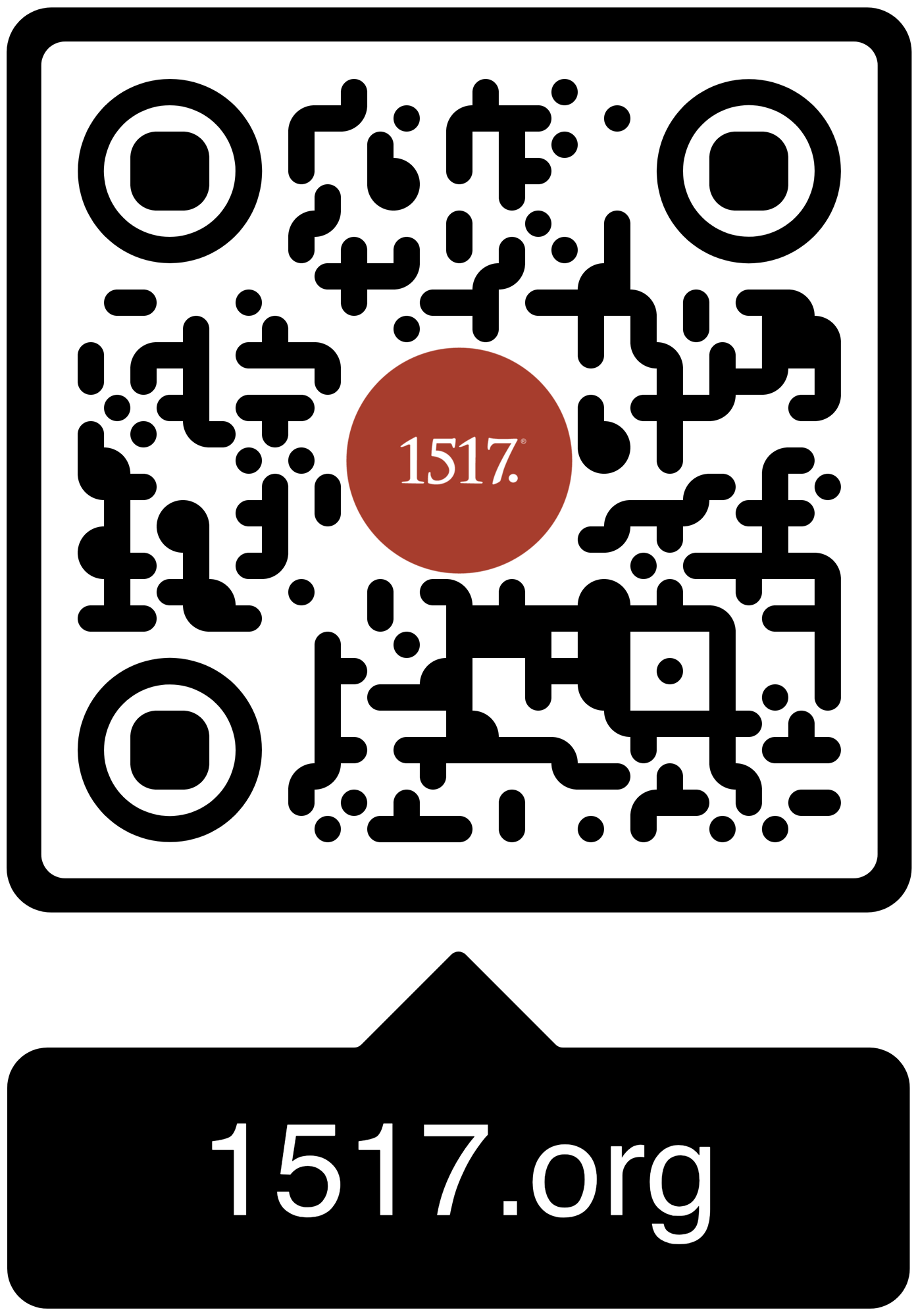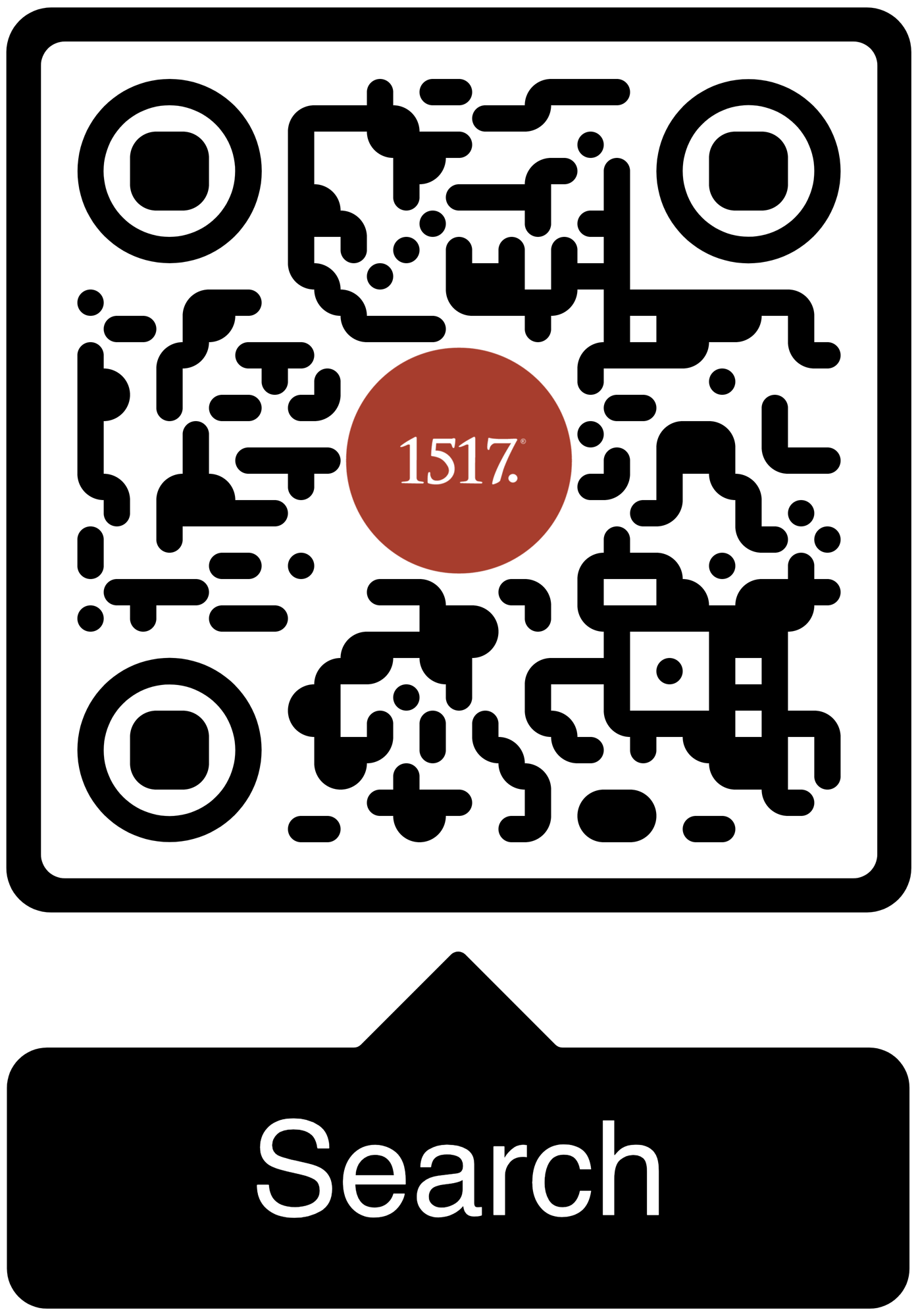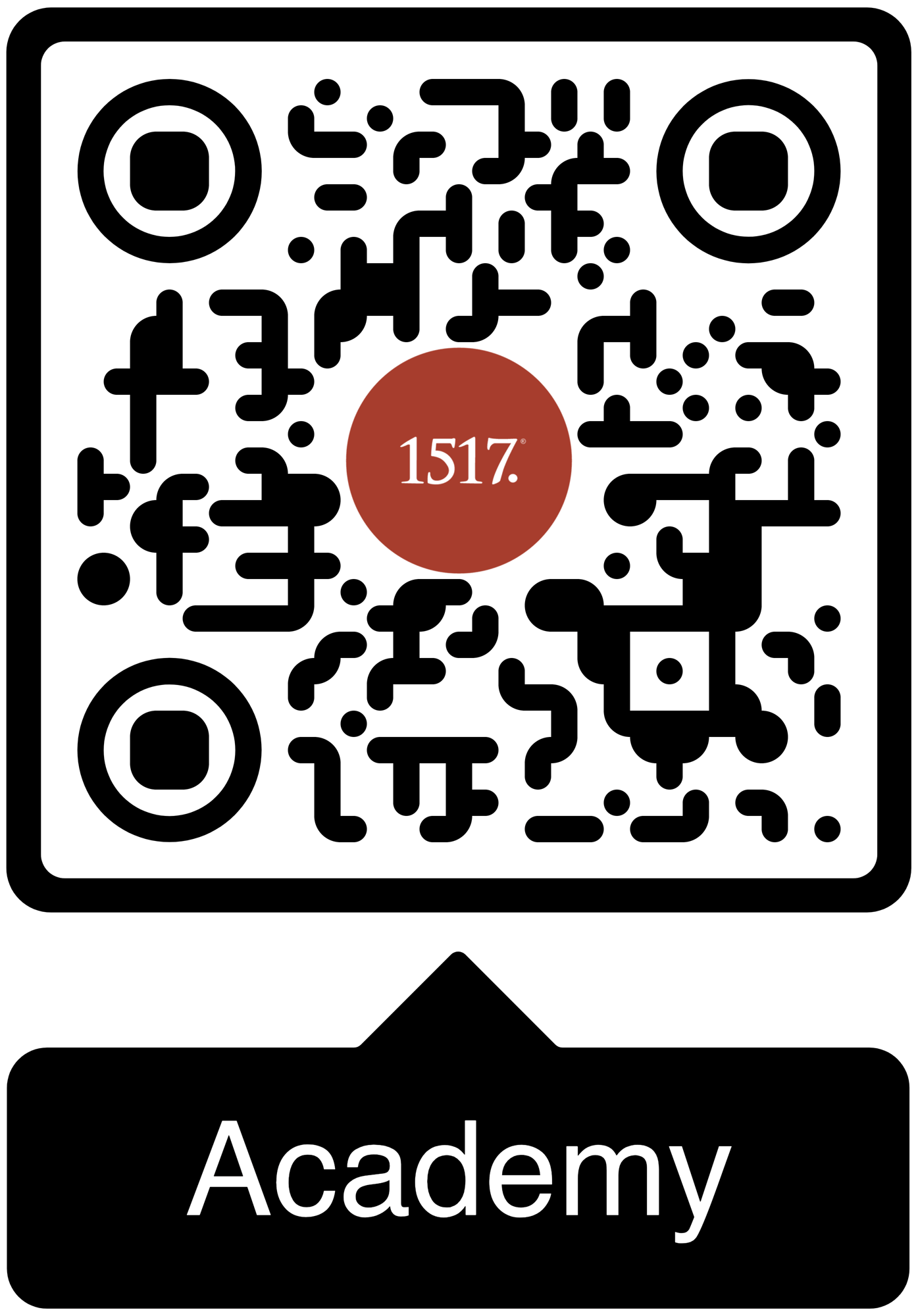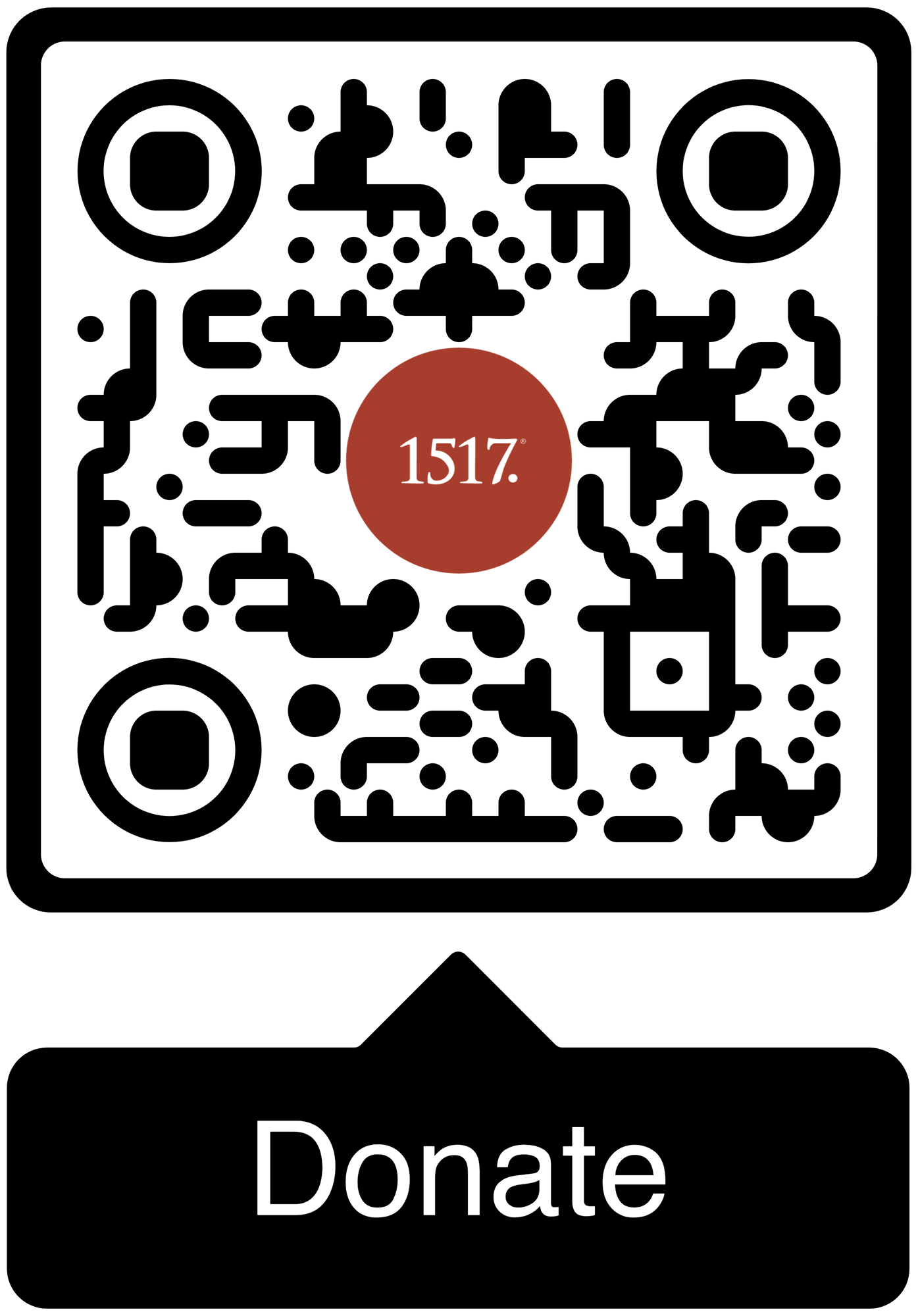Death is a planting, but every planting has a purpose: More life than you could ever imagine.
In this second part of Paul’s great resurrection chapter, the Apostle is trying to clear up some misunderstandings about the resurrection which led to thinking and living contrary to the Gospel. A sermon on this text could adopt the same goal.
I opened my email this morning to a Randy Alcorn quote: “For the Christian, death is not the end of adventure but a doorway from a world where dreams and adventures shrink, to a world where dreams and adventures forever expand.” The guy may have authored some popular books about Heaven, but that is not the way the Bible talks. Jesus is the door. Your mouth is a door. An opportunity can be an open door. But death is an enemy. “The last enemy to be destroyed,” in fact (1 Corinthians 15:26).
Death-as-door language is as common in the Church as, “Heaven is my home.” Both miss the point of the resurrection entirely. If we want to rehab our hope, we will need to find more biblical ways of talking. And while we should speak differently at funerals, a funeral probably is not the right place to do the teaching we need to shift the focus of our expectant waiting.
Take Paul’s primary metaphor in this pericope as an example. For Paul, death is not a door, it is a sowing. Paul does not picture the deceased family and friends of the Corinthian church dancing in Heaven, he leaves them in the dirt. This makes the death of your loved one way worse, but it also makes the hope of the resurrection way better. When we make out the enemy of death to be less horrible than it actually is, we also make the promise far weaker and more limited than we need it to be.
Death is not the continuation of an adventure. Death is being planted in the ground. The adventure belongs to the resurrection of the dead and the life of the world to come.
The logic of planting and growth, of a variety of seeds and crops, drives Paul’s argument in the last part of this chapter. To get this logic up and running in the hearts and minds of your hearers, you might bring in an example or two.
An Easter lily bulb would be thematically appropriate, but any kind of bulb would do in a pinch. Bulbs are bigger than seeds and make better object lessons but having a watermelon and tomato seed on hand could also be helpful. Best case scenario (depending on seasonal availability in your part of the country) have both a seed/bulb and the living plant or flower (or at least fruit of the plant) which comes from the seed. Continuity and discontinuity are both important in Paul’s image.
If you have a bulb and a flower on hand, you can notice the difference between the two. The bulb is small, hard, ugly, and smells like death. The lily, in contrast, is large, beautiful, vibrant, and smells like life (you can do the same thing with a tomato seed and a tomato plant, or a grapefruit seed and a grapefruit for that matter).
If you have never experienced it, it would be hard to believe the bulb can be buried in the ground and, after a time, be transformed into a beautiful flower. Since we have not experienced bodily resurrection, it can be kind of hard to believe Jesus was planted in the ground after a brutal and ugly death and just three days later was raised to new life.
Since we have not experienced bodily resurrection, it can be kind of hard to believe Jesus was planted in the ground after a brutal and ugly death and just three days later was raised to new life.
The biblical witness is not that Jesus was put in the ground as a bulb and then came out of the ground as a bulb. The resurrection of Jesus was not resurrection like the resurrection of Lazarus. Jesus is the “firstfruits” of the Resurrection of the Dead (1 Corinthians 15:21-23). Jesus goes into the grave as a bulb, but comes out of the ground as a full-grown, blooming plant. With the resurrection of Jesus, the New Creation has begun.
The transformation from bulb to blooming flower can be difficult to believe. Even the first disciples did not expect an End Times resurrection at this point in the story. When they buried the body of Jesus, they prepared it for decomposition and decay. When the women came to the tomb on that first Easter morning, they expect to find a corpse. When the tomb was empty, the first thought was: Someone moved the body. And when they did see Jesus in full bloom, they did not recognize the flower... at least not at first!
Jesus is still Jesus, but He is not the same. Or it is the same Jesus, but He is different.
Paul says, this is to be expected when you get the End Times resurrection of the dead. We will be the same, but different; still us, but not the same. With what kind of bodies will we be raised? Paul says, New Creation bodies are the same, but different, just like seeds are different from full-grown plants, and different plants bear different fruit (1 Corinthians 15:35-41).
The lily bulb brings forth the lily flower. The tomato seed brings forth the tomato plant, which bears rich, red tomatoes (not grapefruit). When you die, they will plant your body in the ground. And when Jesus calls you forth to New Creation life, your New Creation body will still be you. A watermelon seed produces a watermelon vine, not a brussels sprout. But your resurrected body will be so much more alive and complete and full of life. You will be as different from what you are now as a full-grown lily is from a bulb.
And we will all be different from each other. Various kinds of seeds/bodies produce distinct kinds of fruits. The New Creation will not be uniform. Rather, the World to Come will be full of vibrant variety (1 Corinthians 15:38-41). We will each be as different from each other as a muskmelon is from a cumquat, but we will all be bursting with life!
This is kind of hard to believe when all you see is the seed. If you start as a seed and end as a seed, then, “Let us eat and drink, for tomorrow we die” (15:32). But that kind of fatalistic thinking and living is contrary to the promise of life. We live our lives under a sure and certain promise. It is not that, when we die, we will go through the door of death into a pleasant and disembodied existence. Your promise is much bigger than that. When you bury a loved one, when they plant your body in the ground, you can expect the seed to burst forth with abundant and glorious life which can never die again (15:42).
Death is an enemy, but that enemy will be destroyed. Death is a planting, but every planting has a purpose: More life than you could ever imagine.
“The body that is sown is perishable; it is raised imperishable” (15:42). It is buried in a fallen and sinful world. It is raised in the New Creation. It is planted as a bulb. It is raised a full-grown flower.
--------
Additional Resources:
Craft of Preaching-Check out 1517’s resources on 1 Corinthians 15:21-26, 30-42.
Concordia Theology-Various helps from Concordia Seminary in St. Louis, MO to assist you preaching 1 Corinthians 15:21-26, 30-42.
Text Week-A treasury of resources from various traditions to help you preach 1 Corinthians 15:21-26, 30-42.
Lectionary Kick-Start-Check out this fantastic podcast from Craft of Preaching authors Peter Nafzger and David Schmitt as they dig into the texts for this Sunday!
The Pastor’s Workshop-Check out all the great preaeching resources from our friends at the Pastor’s Workshop!





